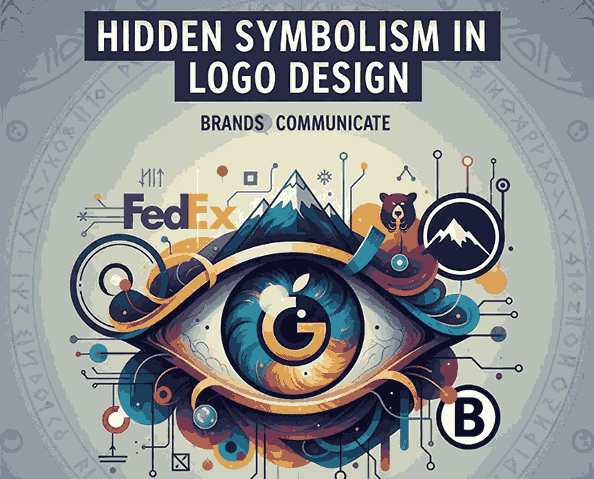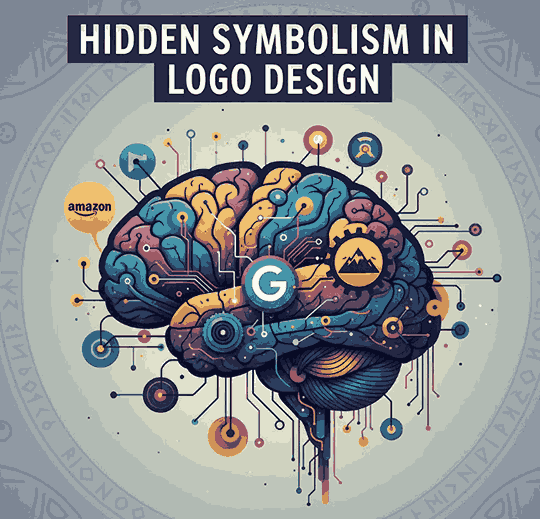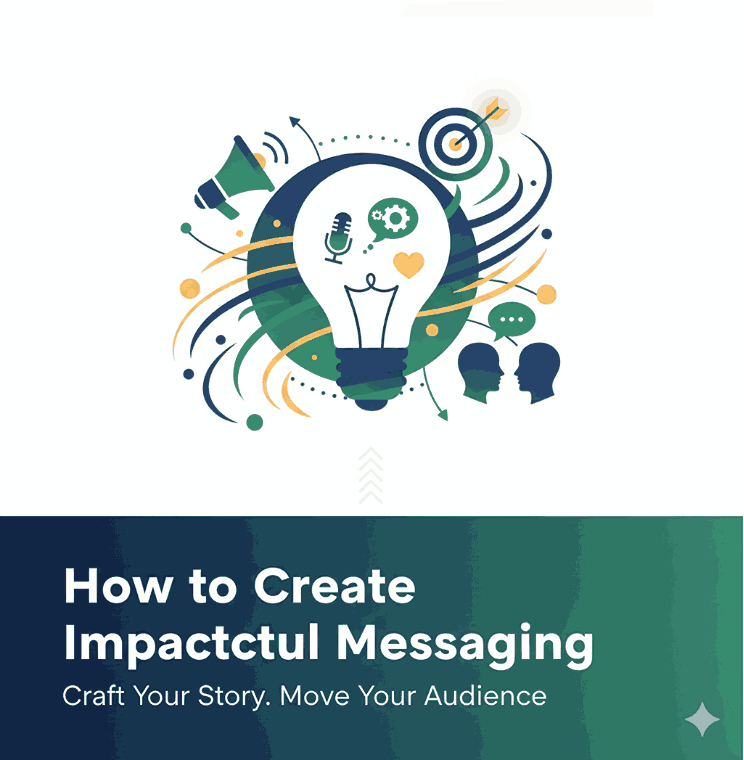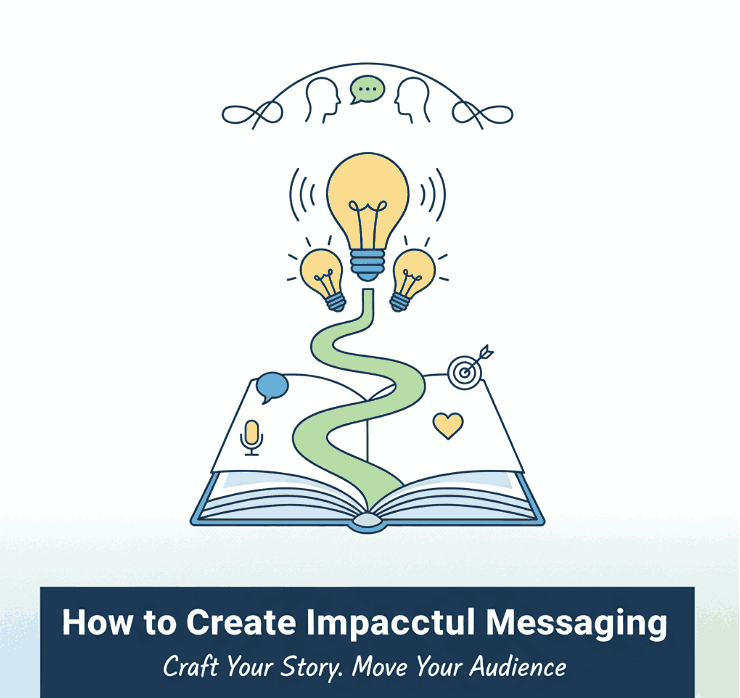
Table of Contents
- Introduction
- Why Symbolism Matters in Logo Design
- The Psychology Behind Hidden Meanings
- Famous Examples of Hidden Symbolism in Logos
- How to Create a Logo with Hidden Meaning
- The Role of Typography in Hidden Symbolism
- Recommended Fonts for Smart Logo Design
- Conclusion
- References
1. Introduction
Hidden Symbolism Logo Design are far more than simple graphic marks—they are visual storytellers.Behind many famous brand logos lies a layer of Hidden Symbolism Logo Design—clever design choices that communicate deeper meanings without a single word.
From arrows hidden in letters to symbols that represent heritage, culture, or innovation, the concept of hidden symbolism in logo design has become one of the most powerful tools in visual branding.
In this article, we’ll explore how designers use symbolism to elevate a logo’s impact, why these hidden messages matter, and how you can incorporate them into your own creative work.

2. Why Matters Hidden Symbolism Logo Design
Symbolism gives a logo emotional depth and helps audiences connect with a brand’s identity on a subconscious level.
A great logo doesn’t just tell people what a brand sells—it tells them who the brand is.
Here’s why symbolism is so powerful:
- Emotional resonance: People remember feelings more than visuals.
- Cultural meaning: Hidden symbols can reflect values, origins, or missions.
- Storytelling potential: Symbolism transforms a simple logo into a narrative tool.
For instance, the arrow in Amazon’s logo doesn’t just connect A to Z—it subtly communicates that Amazon offers everything from A to Z, delivered with a smile.
3. The Psychology Behind Hidden Symbolism Logo Design Meanings
Humans are naturally wired to look for patterns and meanings.
That’s why when people discover a hidden symbol in a logo, they often feel a sense of surprise and delight—a subtle but powerful emotional response that deepens brand loyalty.
Hidden symbols can trigger associations such as:
- Trust (through geometric balance)
- Movement (through arrows or forward shapes)
- Innovation (through abstract or layered meanings)
- Heritage (through cultural or historical motifs)
Designers who understand visual psychology can use these cues to create logos that communicate values instantly, even before words are read.
4. Famous Examples of Hidden Symbolism Logo Design
Let’s look at some of the world’s most iconic examples of hidden symbolism in logo design:
4.1 FedEx
One of the most famous examples—the arrow hidden between the “E” and “x” symbolizes speed, precision, and forward movement.
4.2 Amazon
The arrow pointing from A to Z forms a smile, suggesting customer satisfaction and a wide range of products.
4.3 Toyota
Each overlapping ellipse in Toyota’s logo represents the heart of the customer, the heart of the product, and the heart of technological progress.
4.4 Toblerone
Hidden in the mountain logo is a bear silhouette, representing the Swiss city of Bern, also known as the “City of Bears.”
4.5 Baskin Robbins
The logo cleverly highlights the number 31—referring to its original 31 ice cream flavors—within the initials “BR.”
Each of these designs tells a story through subtle symbolism, making them memorable and meaningful to millions worldwide.
5. How to Create a Hidden Symbolism Logo Design with Meaning
Designing a logo with hidden symbolism requires creativity, research, and restraint.
Here’s how to approach it:
Step 1: Understand the Brand Story
Identify the brand’s core message, mission, and personality. The hidden symbol should reflect an authentic element of that story.
Step 2: Explore Cultural and Visual Metaphors
Use cultural symbols, geometric forms, or letter shapes to embed hidden meanings naturally.
Step 3: Prioritize Simplicity
The best symbolism is subtle and elegant, not forced. It should enhance recognition—not confuse it.
Step 4: Test Recognition
Show your logo to others without context. If they “discover” the hidden element naturally, you’ve struck the perfect balance

6. The Role of Typography in Hidden Symbolism Logo Design
Typography is often the secret ingredient behind great hidden meanings.
The right font can:
- Suggest personality (modern, classic, playful, or professional)
- Shape perception through line weight, spacing, and form
- Embed visual clues—like arrows, initials, or hidden icons—into letterforms
For example, the FedEx arrow exists solely because of the letter spacing in its custom typeface.
Typography doesn’t just convey words—it shapes emotion and symbolism.
That’s why choosing the right font is crucial to making your logo’s hidden meaning truly work.
7. Recommended Fonts for Smart Logo Design
Here are some font recommendations from CalligraphyFonts.net that can elevate your logo design—whether you’re creating subtle symbolism or elegant brand marks:
- Arphine Dalton Font – A clean, confident typeface ideal for modern minimalist logos with symbolic depth.
- Sauce Bolognese Font – Playful yet stylish; perfect for food brands or creative industries.
- Spell Love Font – A flowing calligraphic font that adds warmth and emotion to design storytelling.
Each font has a distinct personality that can enhance logo meaning through style, balance, and form—helping you craft designs that speak beyond visuals.
8. Conclusion Hidden Symbolism Logo Design
Hidden symbolism in logo design isn’t just an artistic trick—it’s a strategic tool that strengthens brand identity and builds emotional connection.
Whether it’s a hidden arrow, a symbolic curve, or a meaningful letterform, these subtle details transform logos into stories that resonate.
By combining smart symbolism with the right typography—such as the elegant fonts from CalligraphyFonts.net—you can design logos that captivate audiences and endure for generations.
9. References
- Din Studio – Hidden Meanings in Iconic Logos
- Canva Blog – “50 Famous Logos with Hidden Meanings”
- Clay – “Famous Logos with Hidden Meanings You Never Noticed”
- The Branding Journal – “40 Famous Logos with Hidden Meanings”
- LettersIRO – “16 Logo Secret Message Details You Probably Never Noticed”



